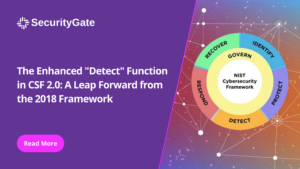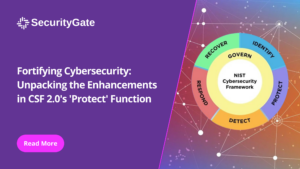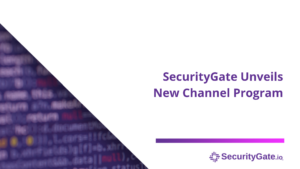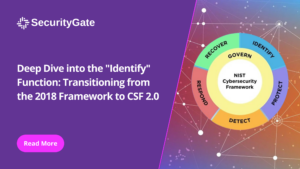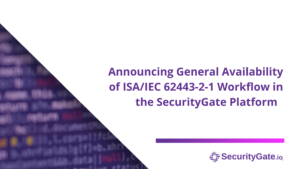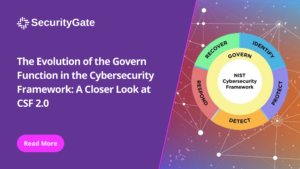In an era where cybersecurity threats gain sophistication by the day, critical sector organizations are under increasing pressure to defend against these threats and do so efficiently and cohesively.
One way to improve your organization’s defense is standardizing repeatable workflows that inform next-step actions. Standardization in cybersecurity assessments means establishing uniform processes, methodologies, and criteria for evaluating the security posture of an organization’s information systems and infrastructure. This approach ensures consistency, repeatability, and comprehensiveness in identifying vulnerabilities, assessing risks, and implementing security measures.
By standardizing these workflows, organizations can achieve a more streamlined and effective cybersecurity program that aligns with industry best practices and regulatory requirements. It sets a clear framework for all stakeholders involved, from the technical teams conducting the assessments to the senior executives who need to understand and act upon the findings. In this article, we’ll explore three reasons why standardizing your assessment workflows enhances the efficiency of cybersecurity efforts and strengthens your overall security posture in the face of evolving cyber threats.
Aligning Expectations with the C-Suite
The dialogue between cybersecurity leaders and senior management is fraught with unneeded complexity rooted in the misalignment of key terms and requirements. Standardizing assessment workflows enables a standardized output to bridge this gap. Risk vs. controls vs. maturity vs. compliance is removed from the strategic conversation when the security leadership can highlight that the entire company or enterprise is operating on one standardized assessment workflow. By adopting a standardized approach, we ensure that the expectations set forth by our leadership are not just met but are grounded in the tangible realities of our cybersecurity posture. Note that this does not always mean using one particular standard but aligning a given assessment workflow’s how, when, and outputs. This alignment is crucial to securing the buy-in and support for advancing our cybersecurity initiatives.
Fostering Unity Across Diverse Teams
In an age of increased demand for digital convergence, the lines between OT, IT, procurement, physical security, and other traditionally siloed departments are becoming increasingly blurred. Integrating these domains under a unified cybersecurity strategy is no longer a luxury but a necessity. Standardizing our assessment workflows enables a cohesive approach to security improvement, ensuring that each team, regardless of its core function, is aligned toward safeguarding our digital and physical assets. For example, suppose NIST CSF is the chosen framework to assess across the enterprise. In that case, diverse teams can sync on the core resource needs by control or control family, unlocking a deeper alignment for multiple budget cycles. This alignment is paramount in orchestrating a defense-in-depth strategy that leverages the strengths of each domain to fortify our overall security posture. I would argue that aligning your team on a common framework, a common language, a common set of controls, and potentially the scope of those controls that will differ by department is the most foundational way to accelerate your overall cybersecurity journey.
Clarifying the Scope and Objectives of Security Assessments
The biggest mistake often made throughout the cyber journey is placing too much emphasis on single assessments that take too long. In turn, the asset owner needs to do more within a given period. A better way to accelerate the journey is to select a subset of controls from a framework or standard that you deem most critical to the business based on your acumen of the business needs and your budgetary goals. Then, you assess those controls thoroughly, recognizing that some of your controls will not be checked, driving clarity to your senior staff the budget, time, and personnel resources you need to implement compensating controls.
By standardizing the questions we ask, the scope of our assessments, and the controls we scrutinize, we streamline our processes and ensure a comprehensive coverage of our security landscape. This methodical approach enables us to identify and prioritize the gaps in our defenses effectively, ensuring that our resources are allocated to address the most critical vulnerabilities.
Conclusion
The journey through the cyber landscape is fraught with challenges we cannot control, but operating through the lens of standardization illuminates a path to a predictable, sustainable improvement. When we align our efforts with the expectations of senior leadership, fostering unity across our diverse teams and clarifying our assessment objectives, we accelerate our journey toward a secure and resilient digital future.
Check out the Business of Cyber Series, live on LinkedIn every week, for more related content.

